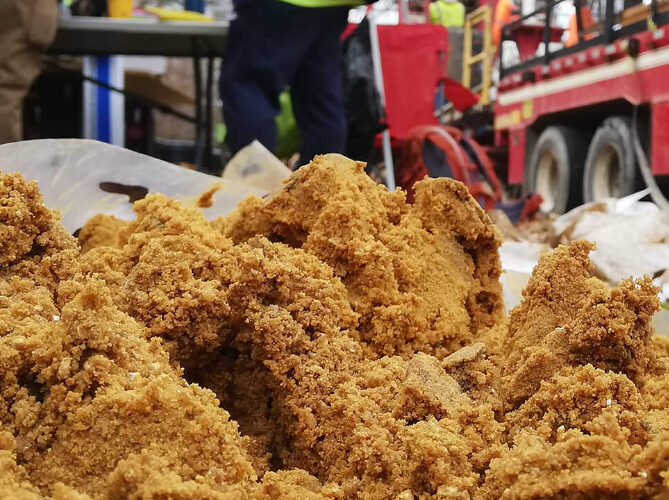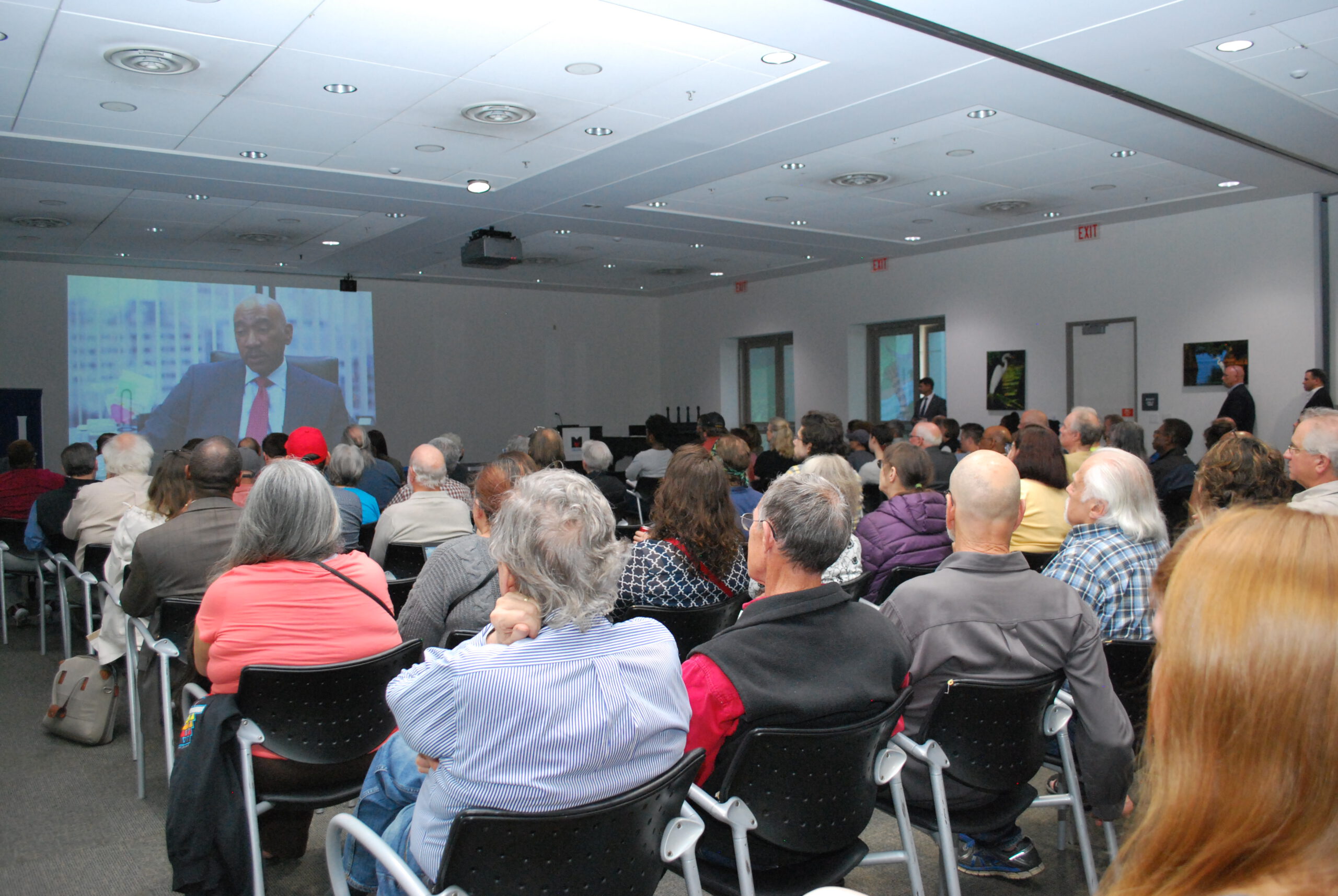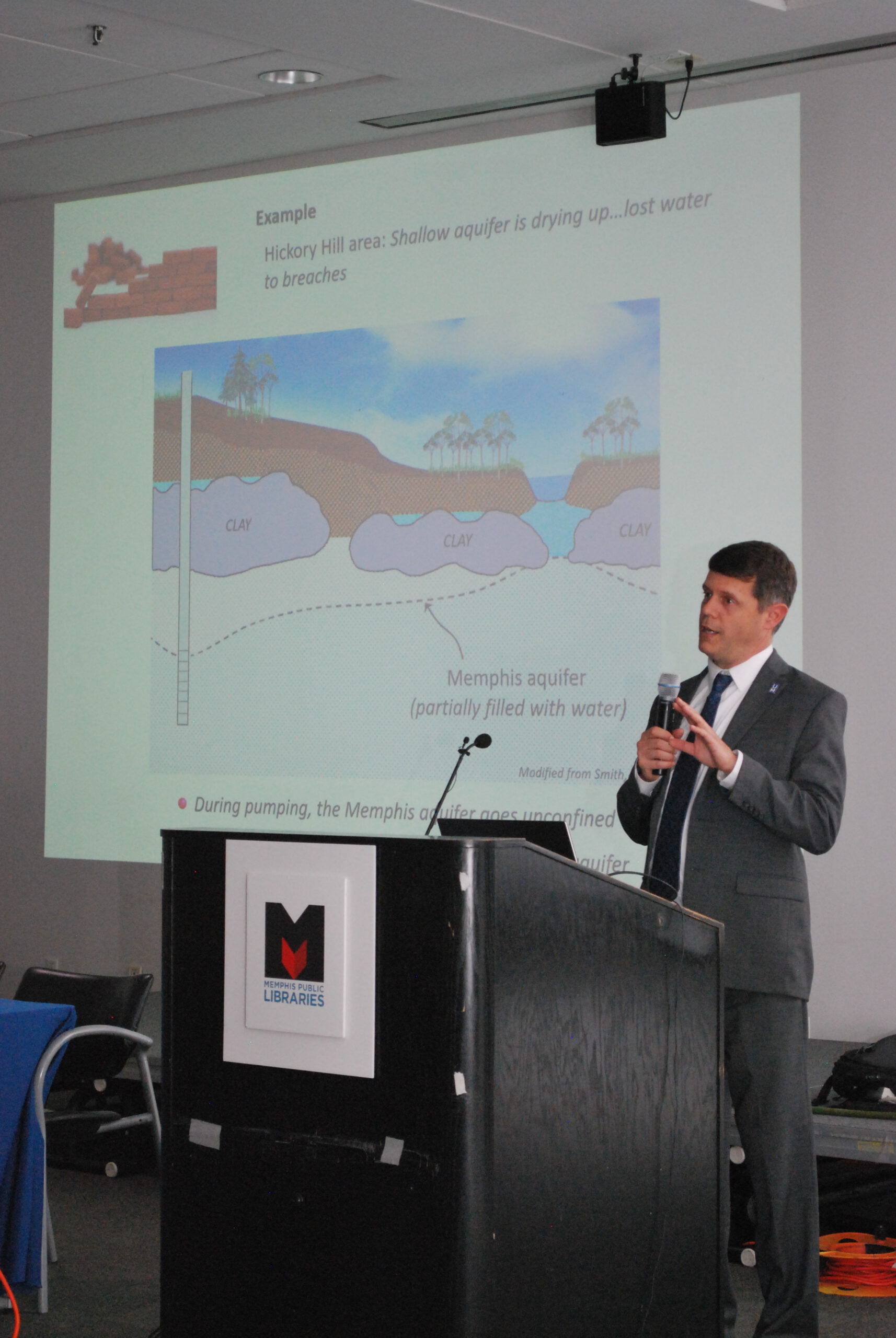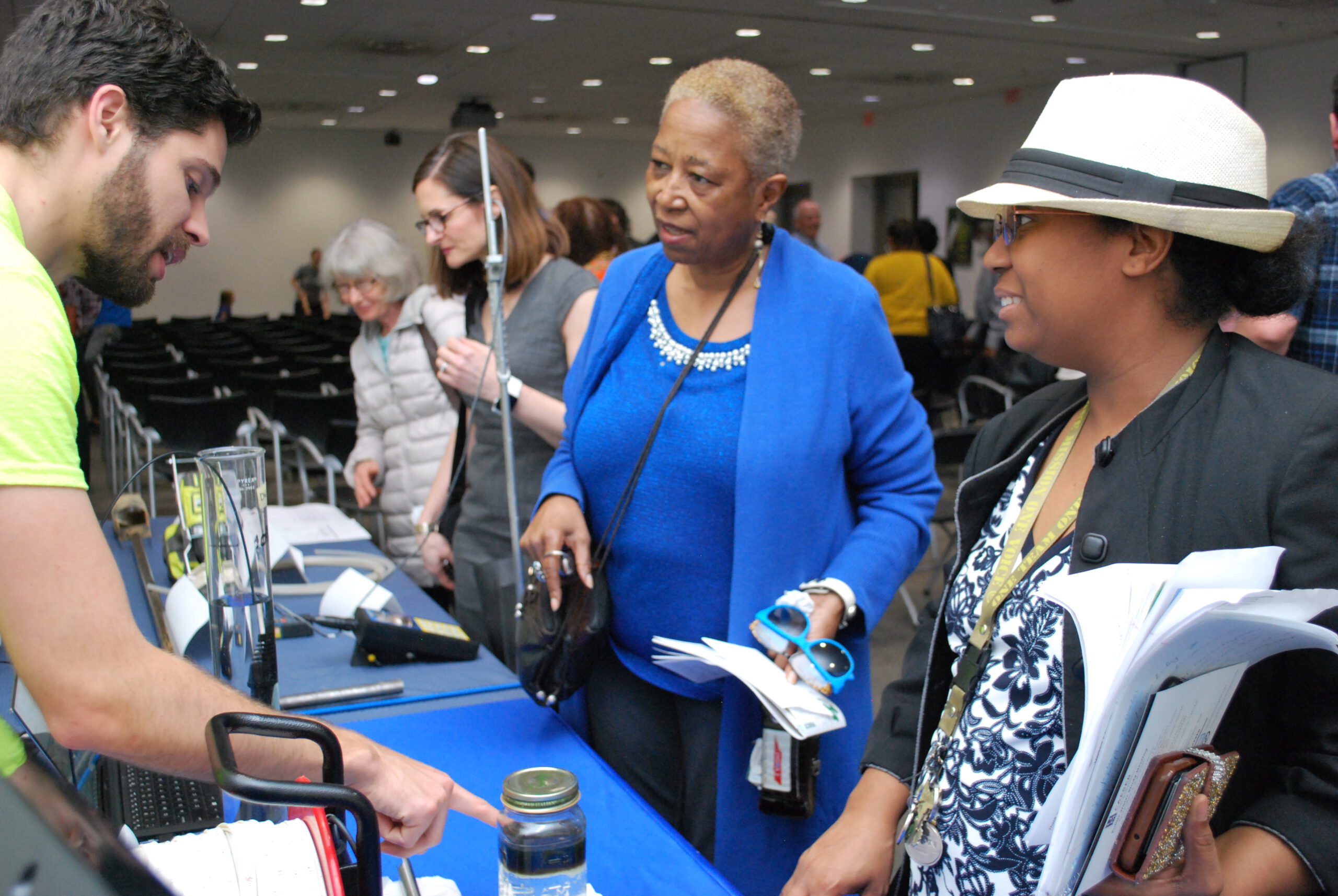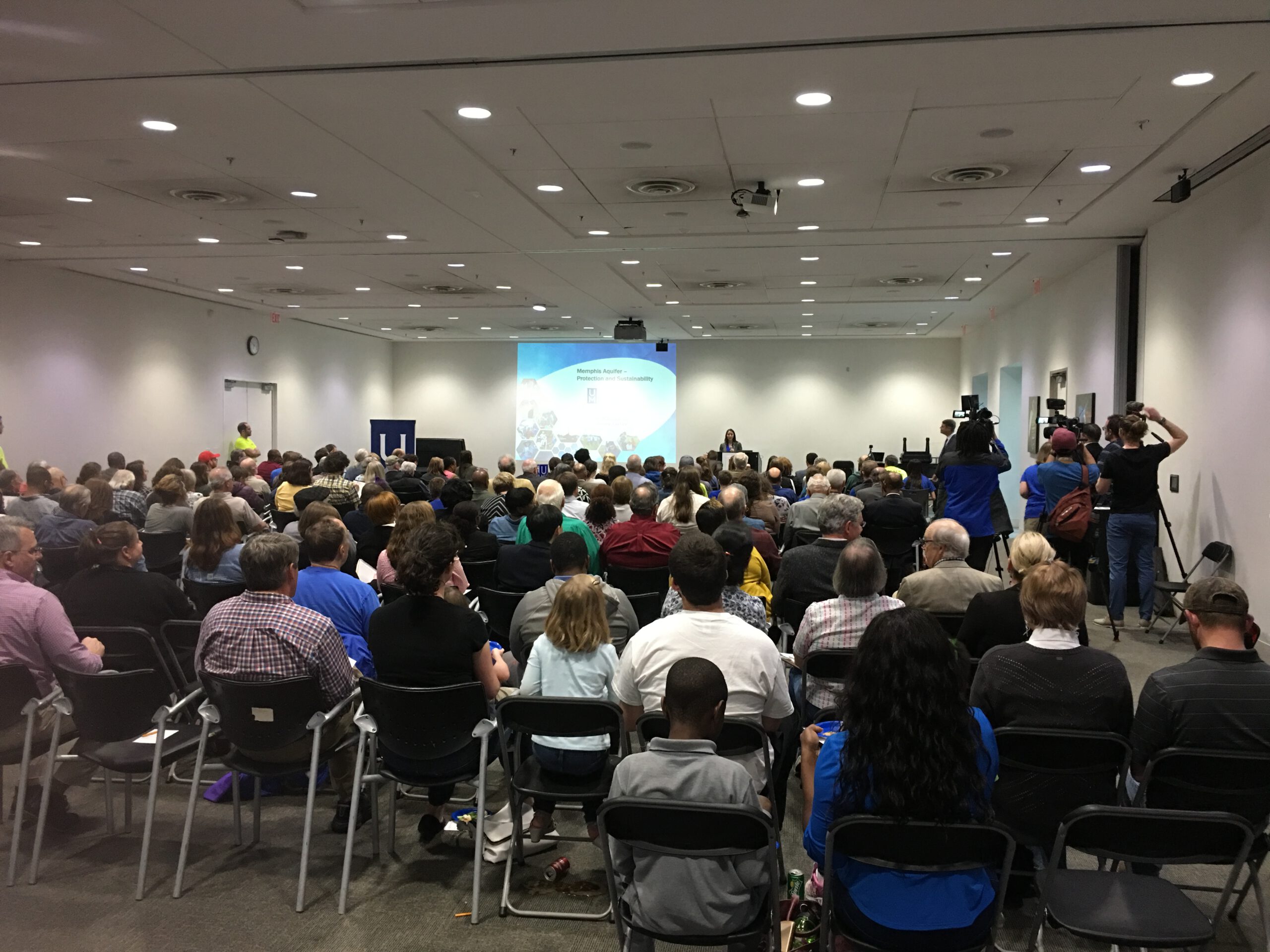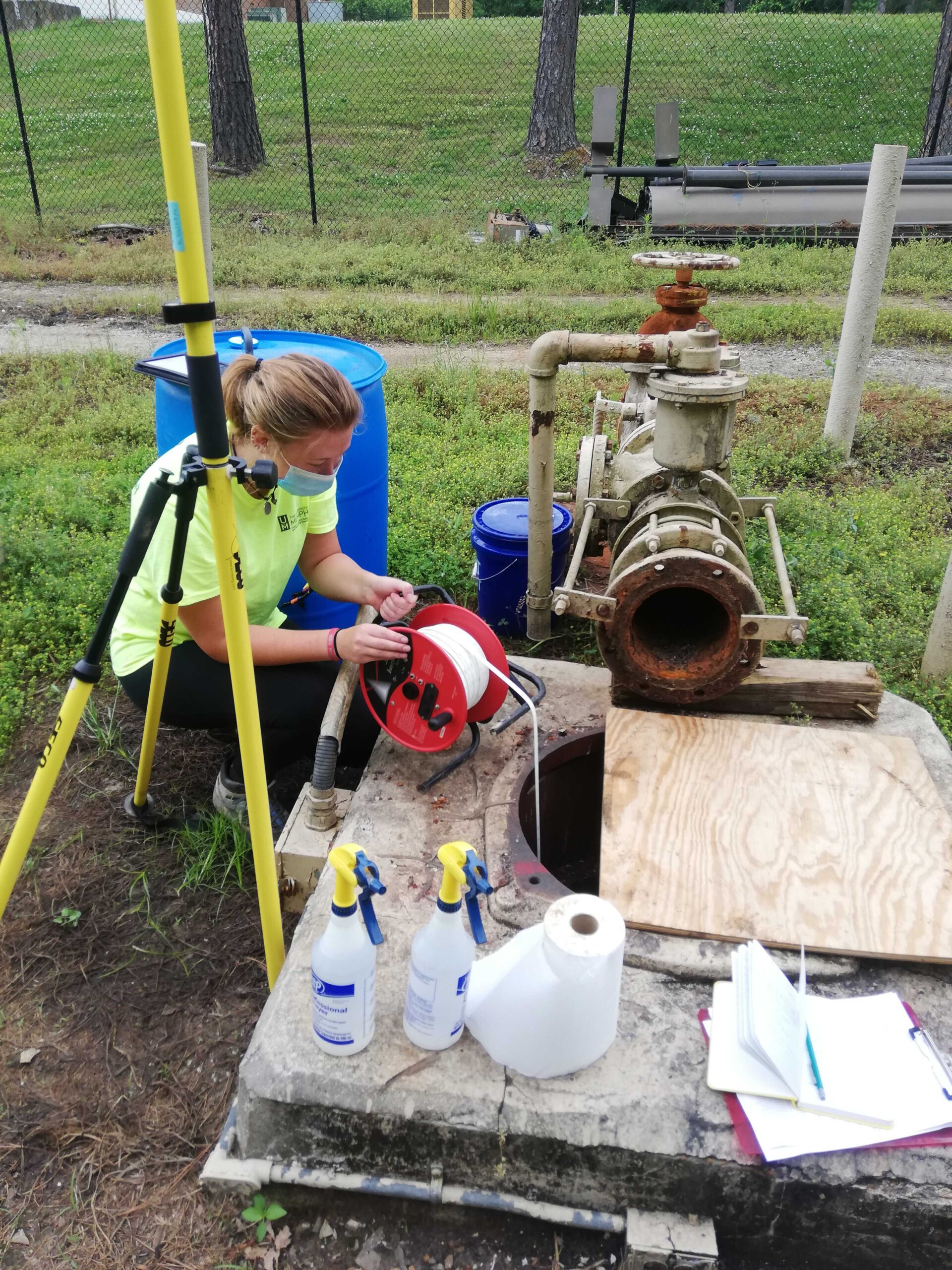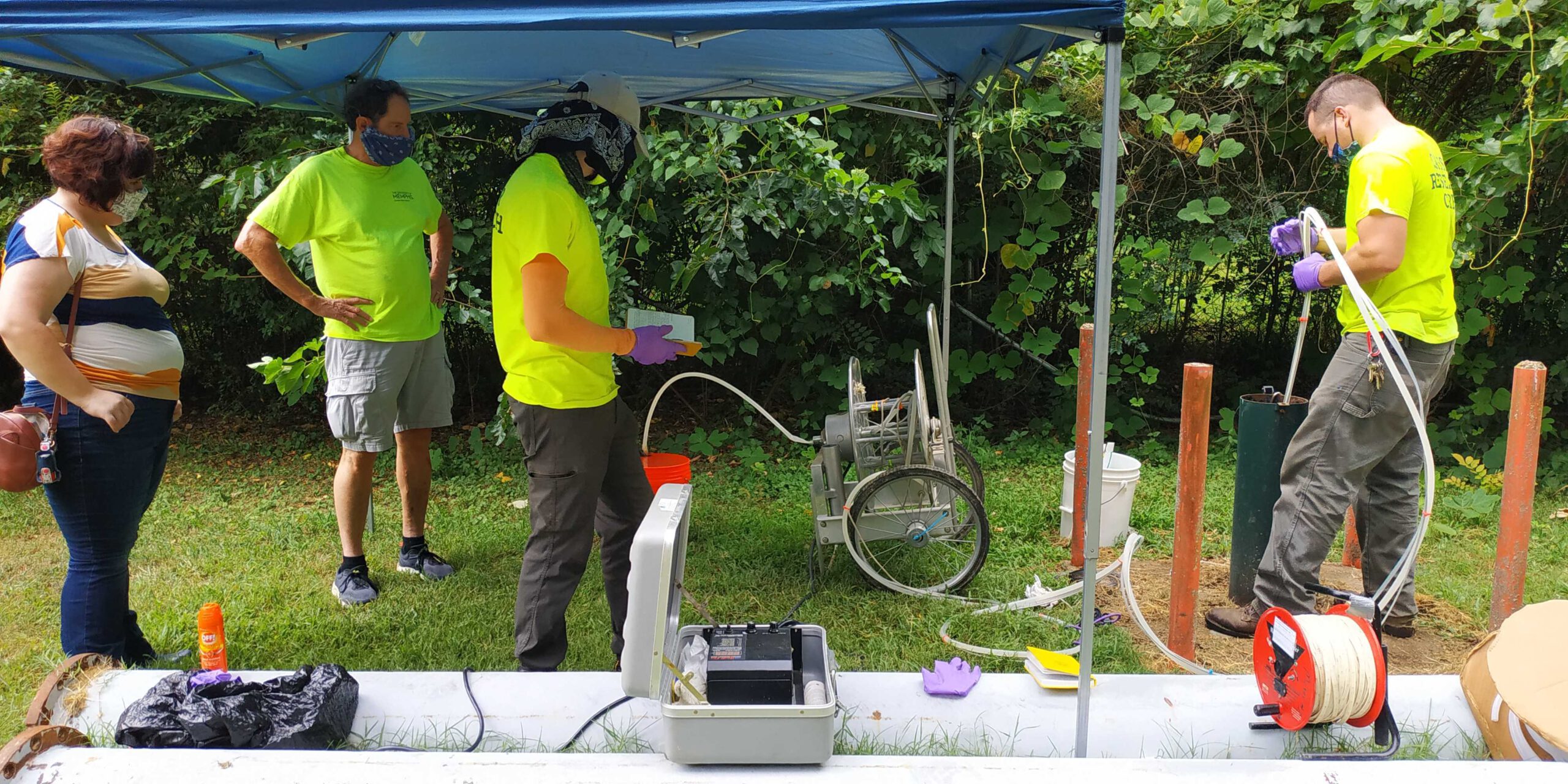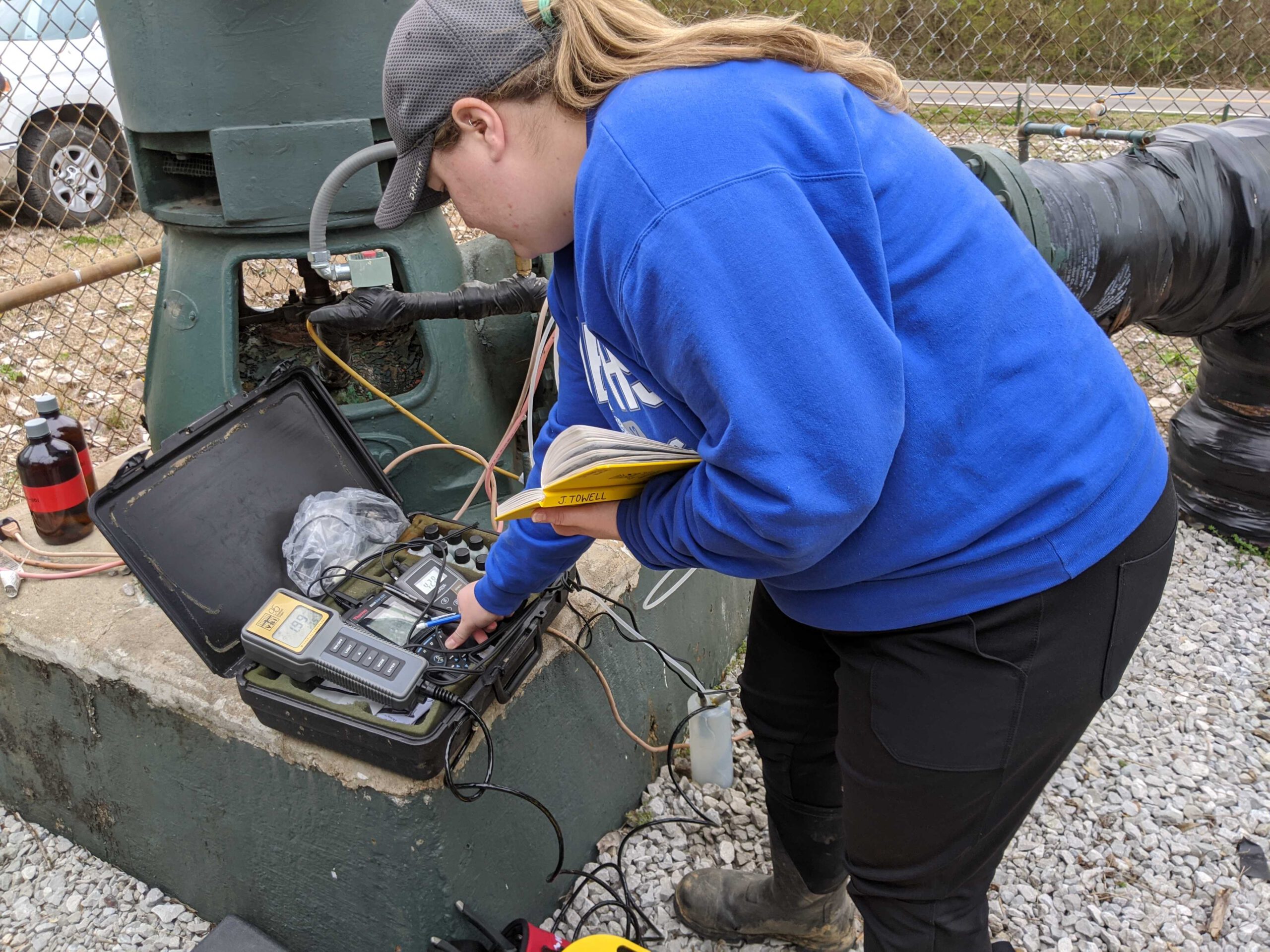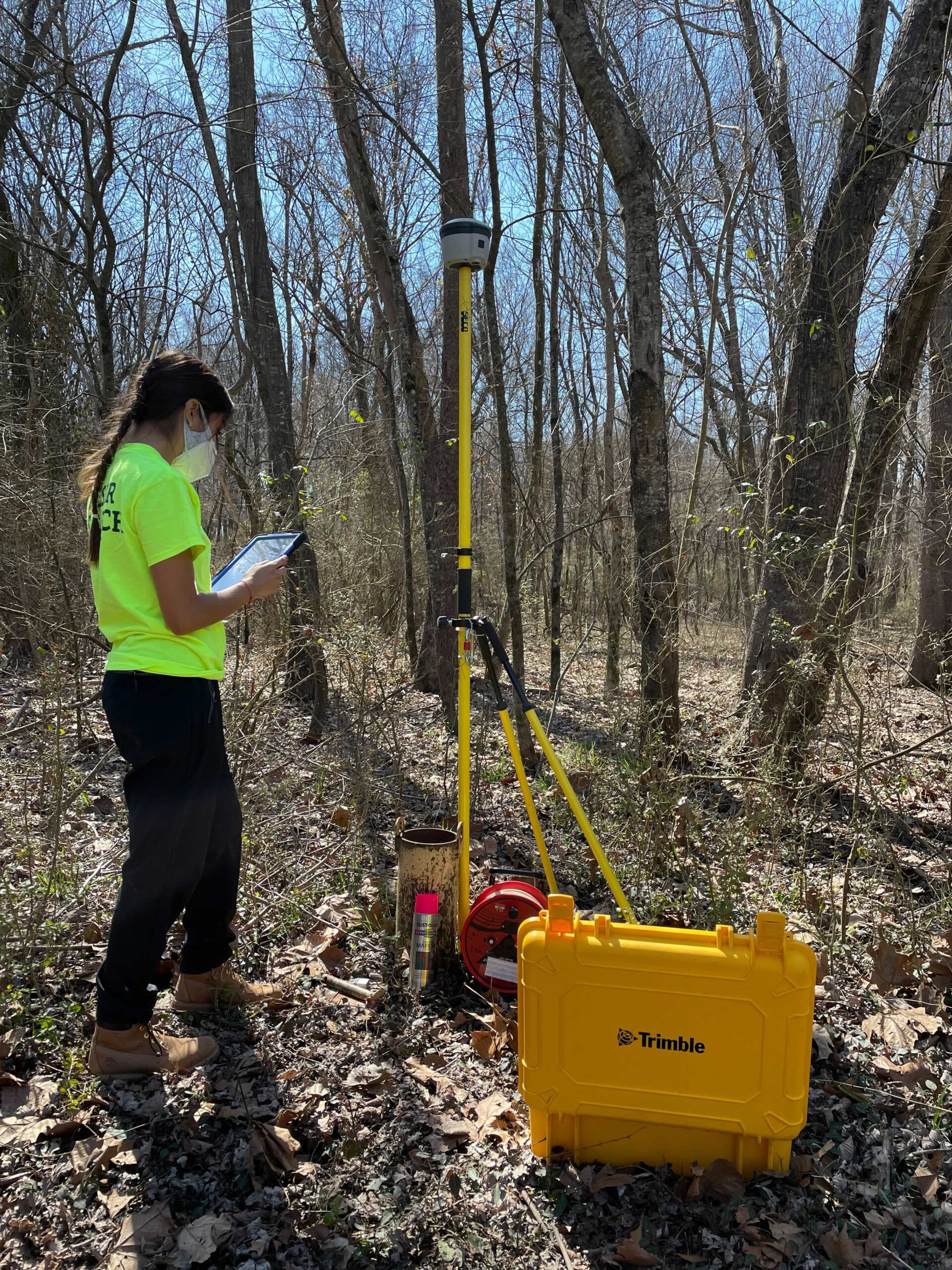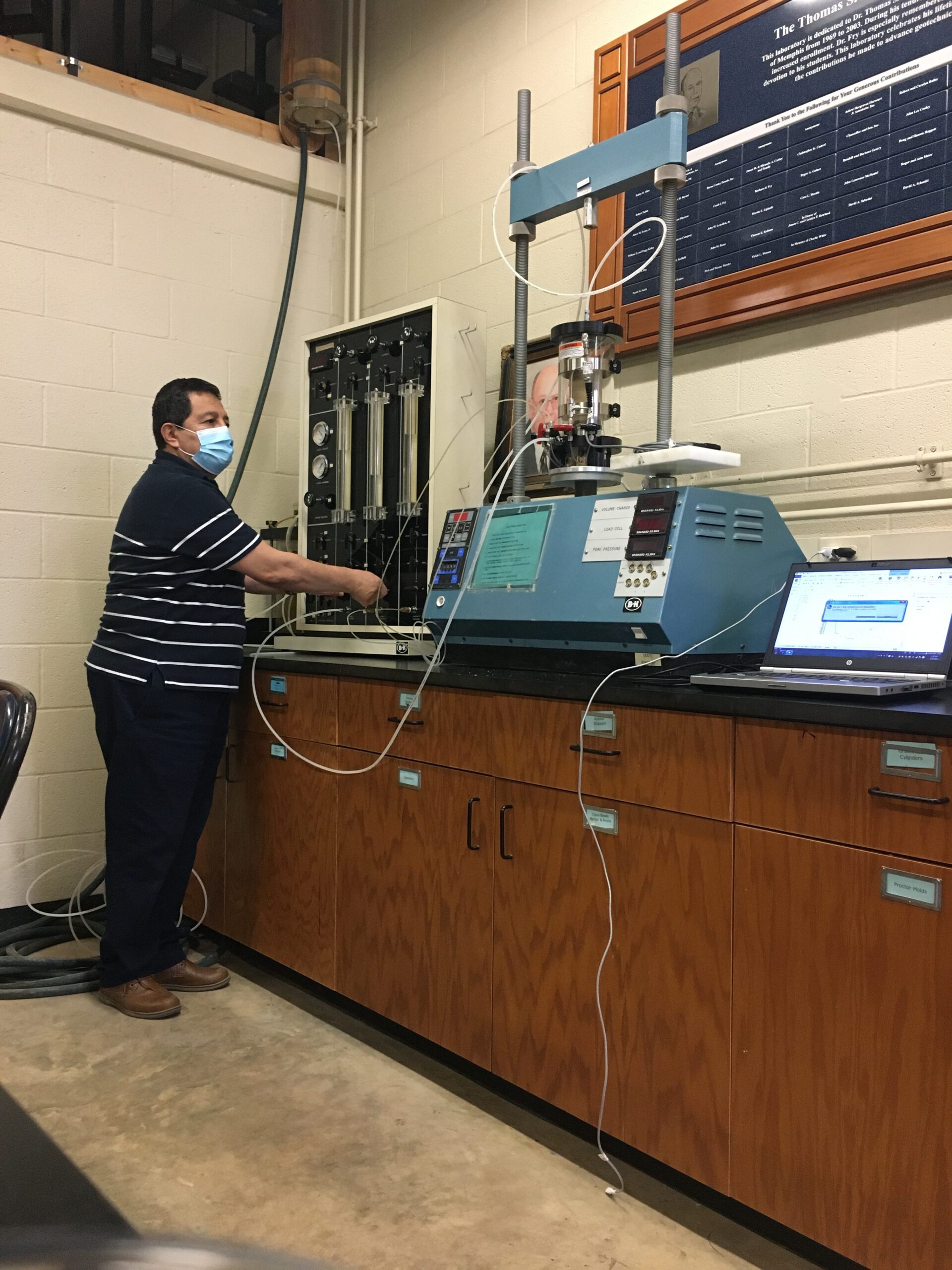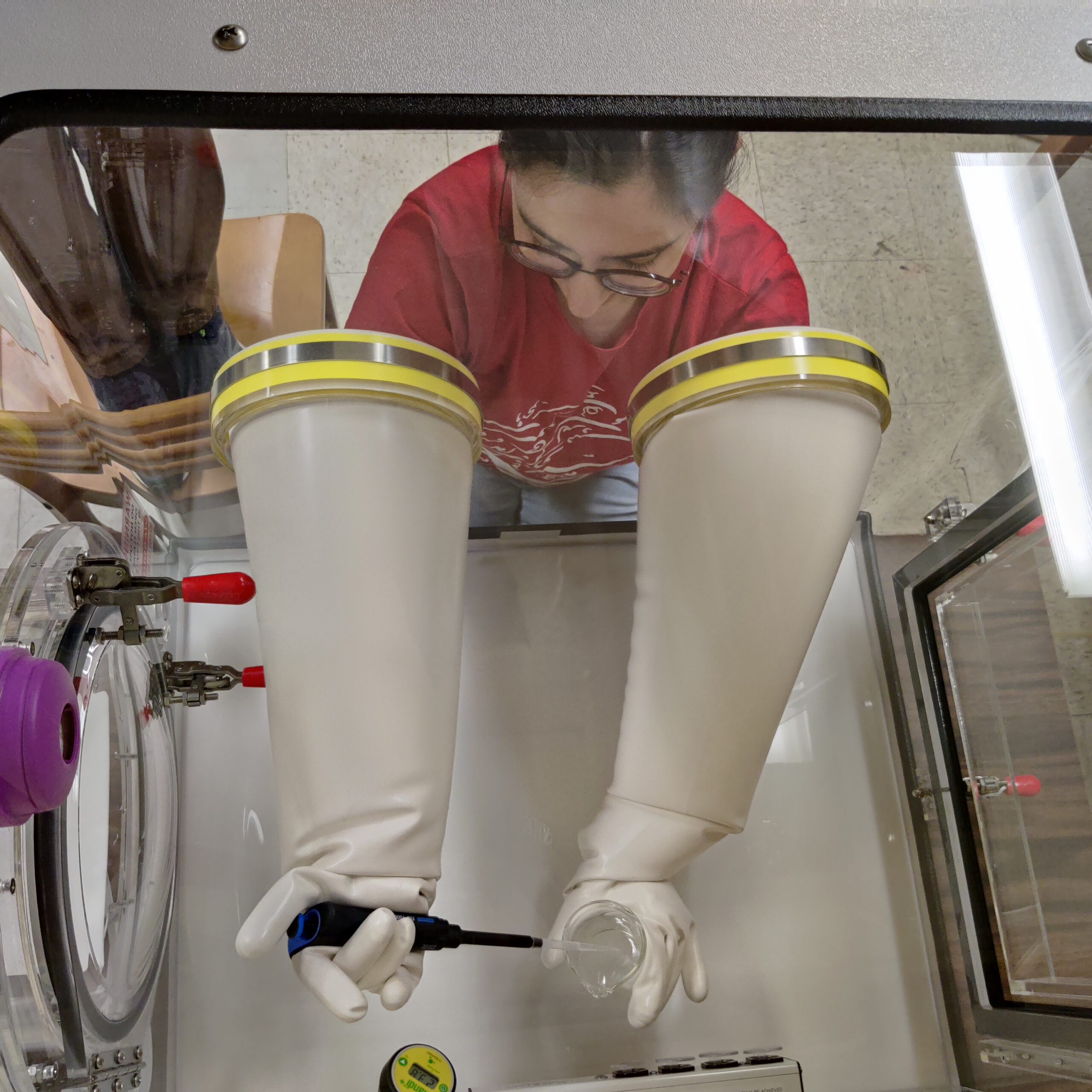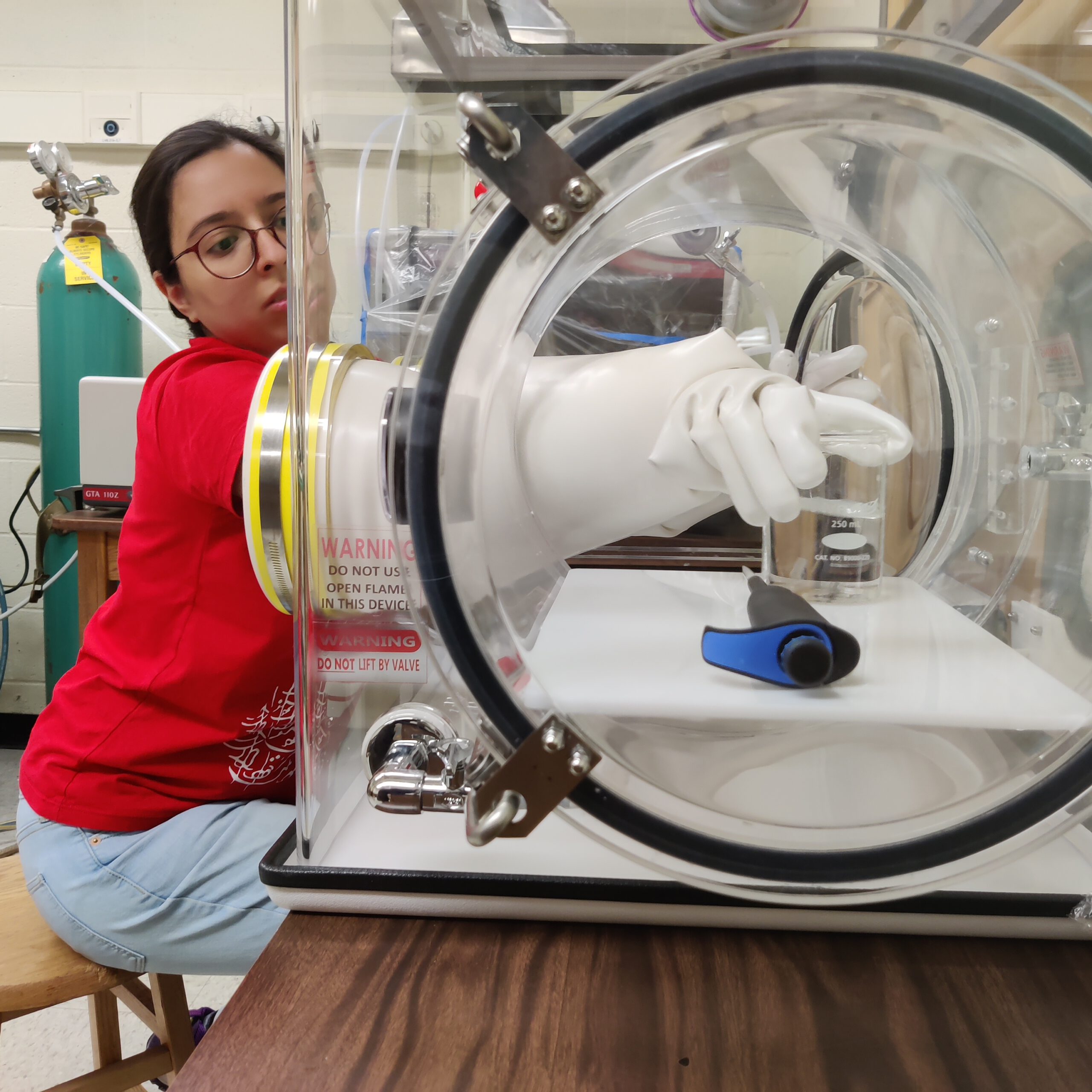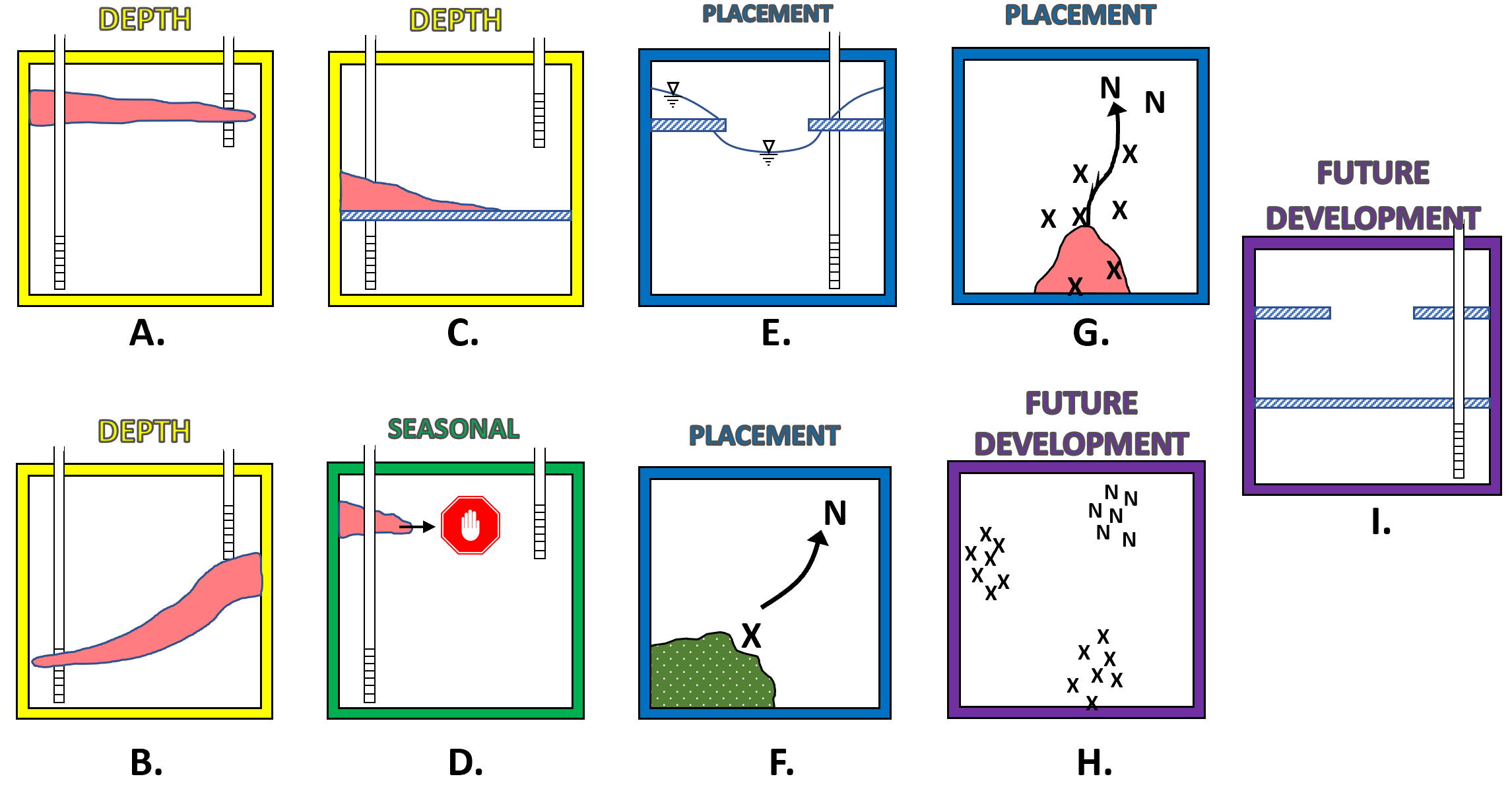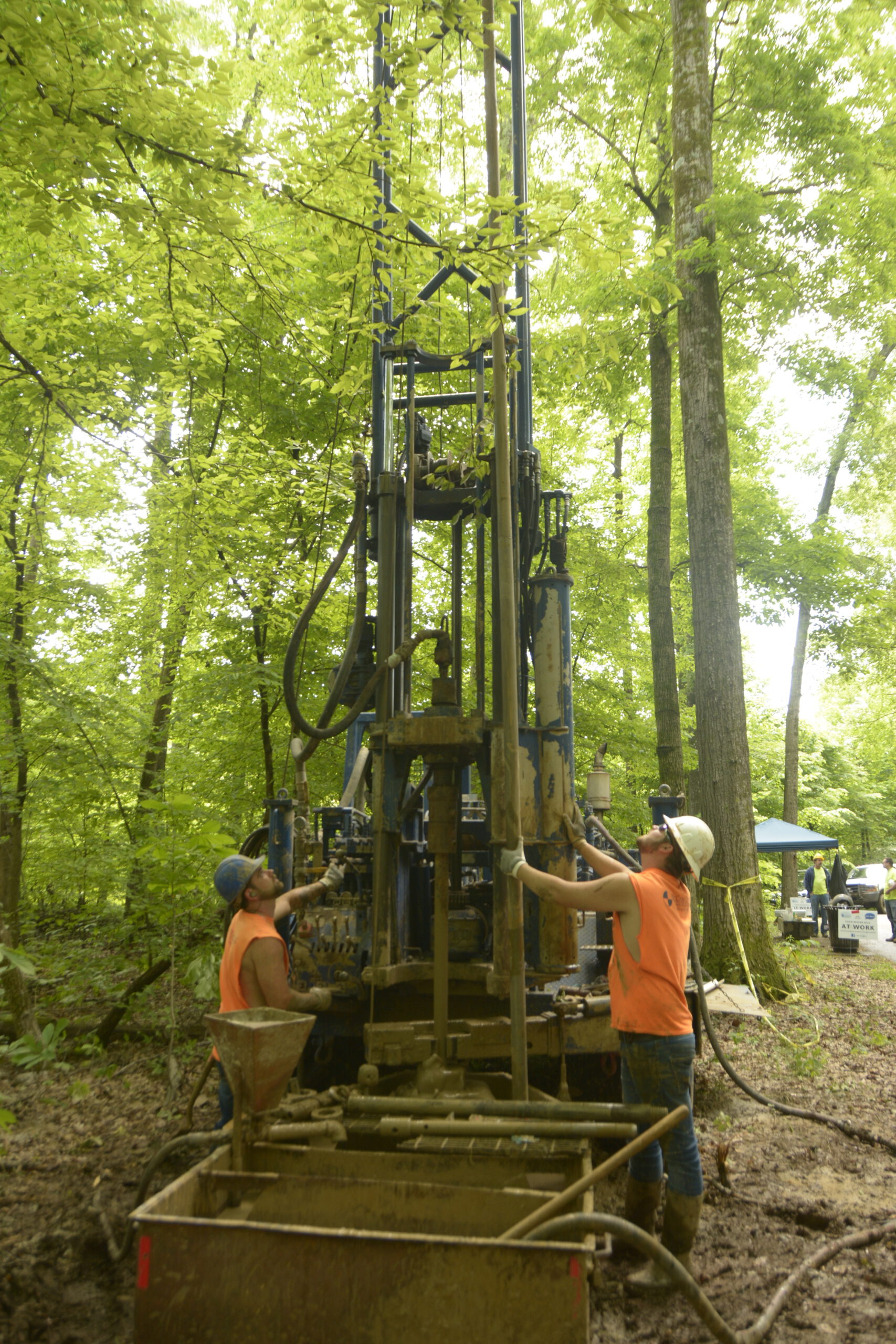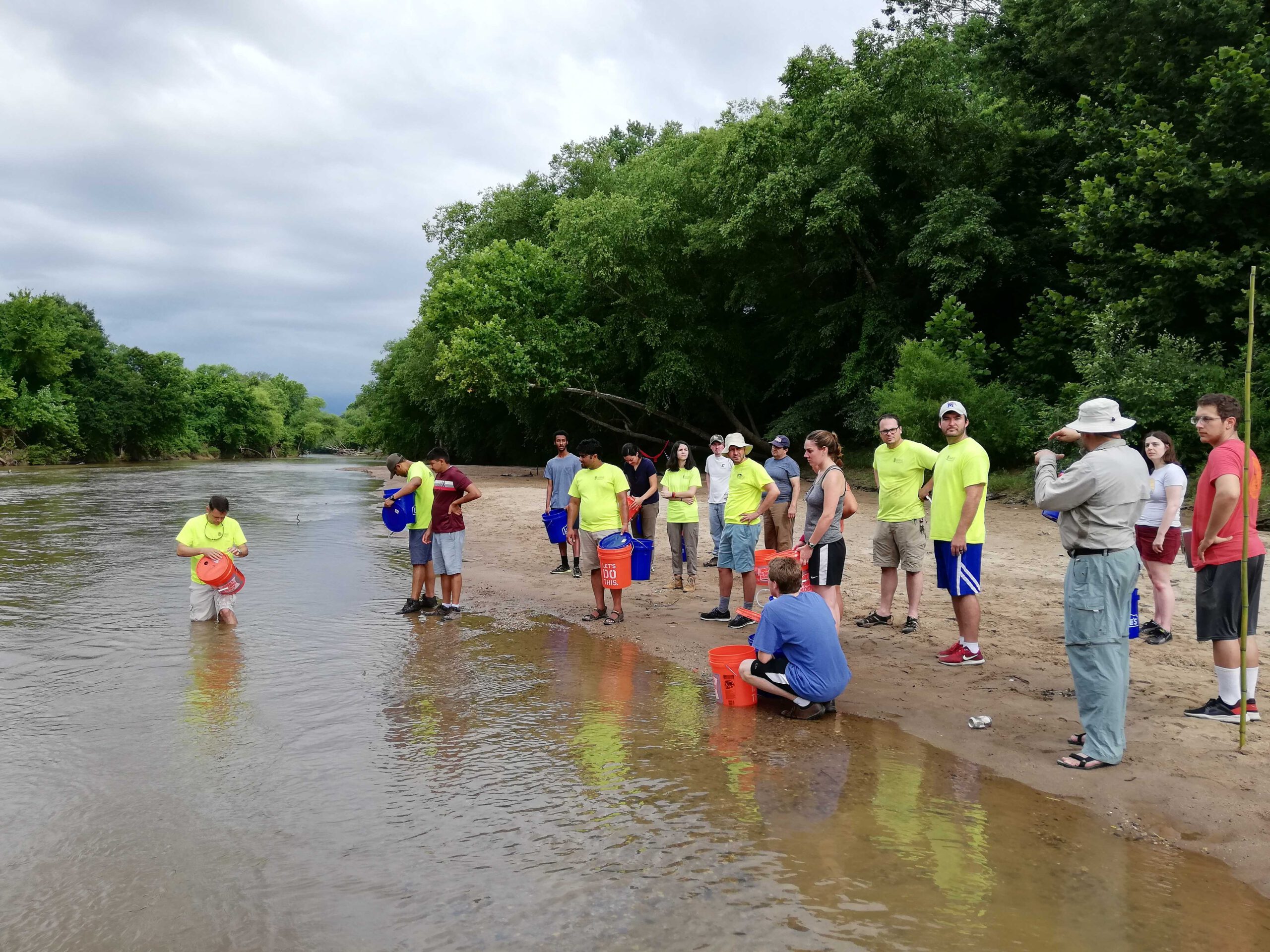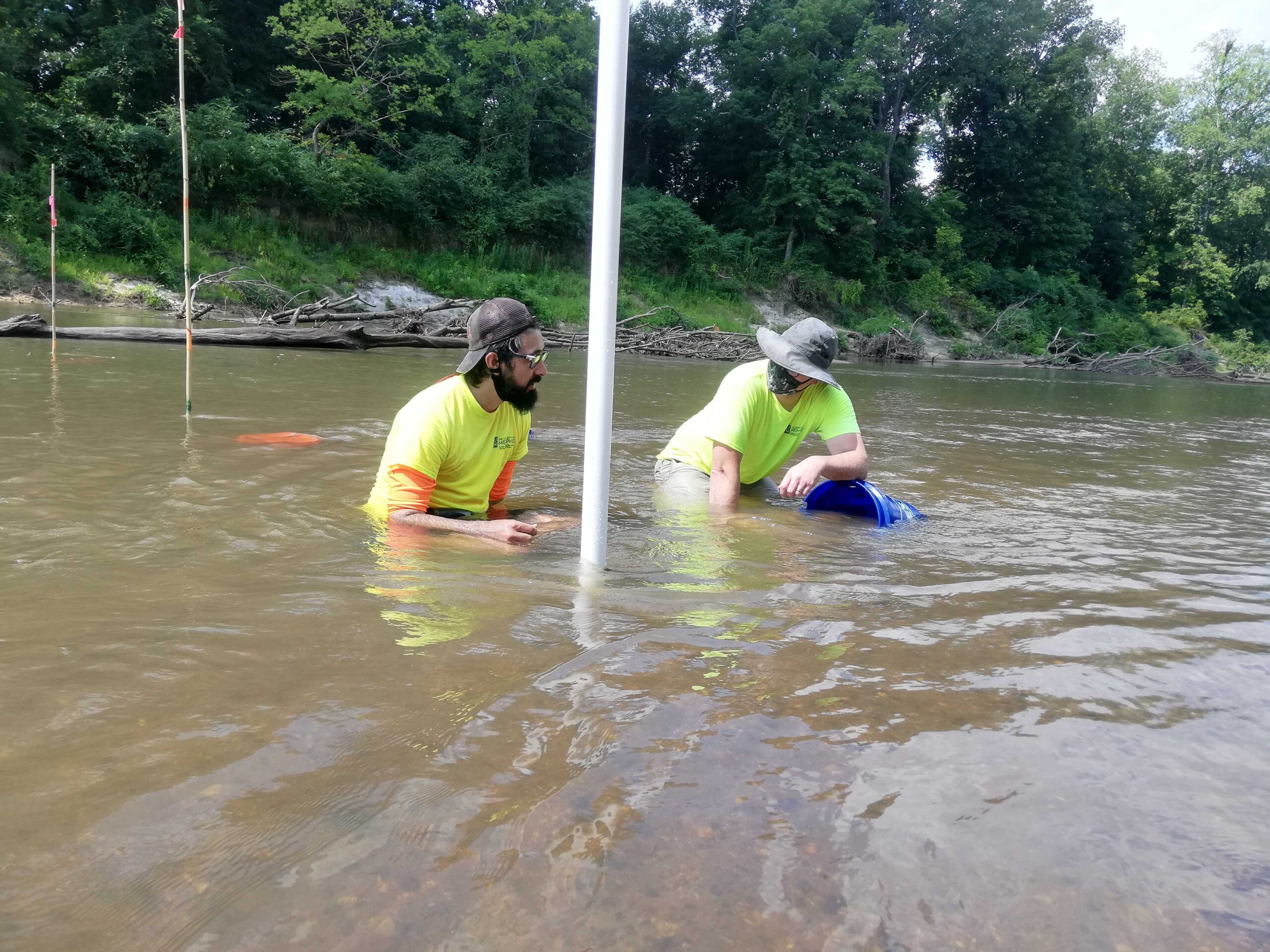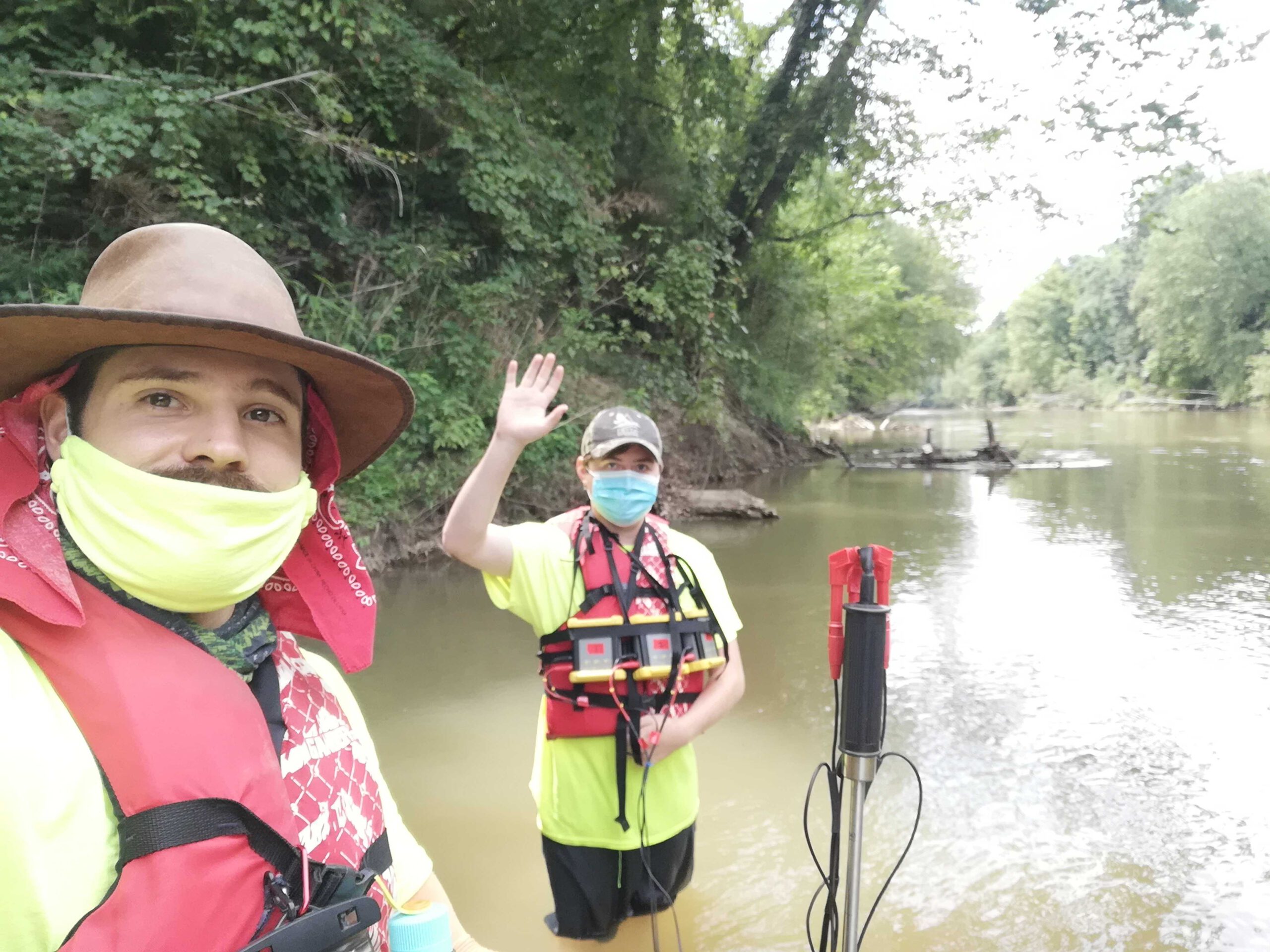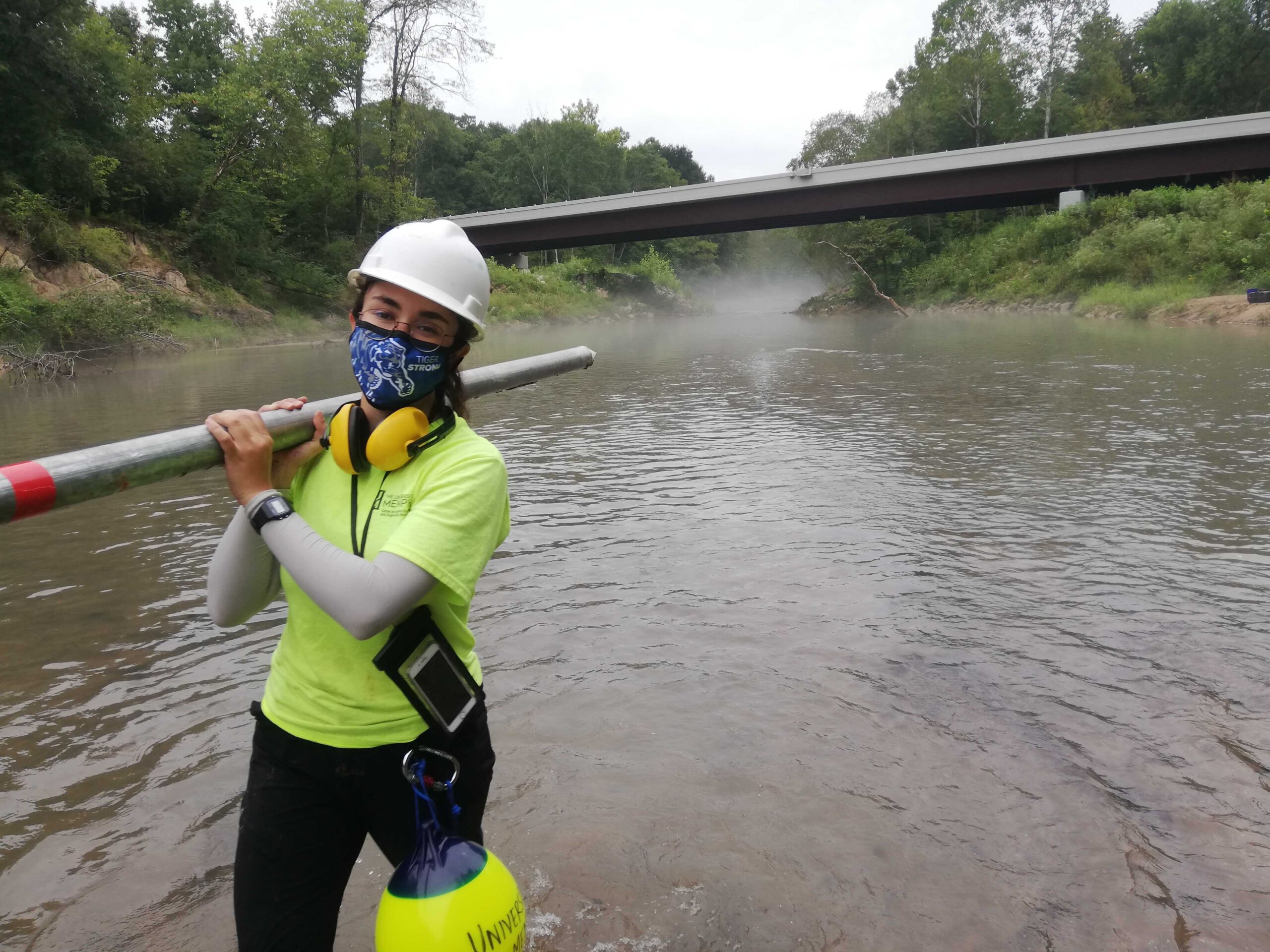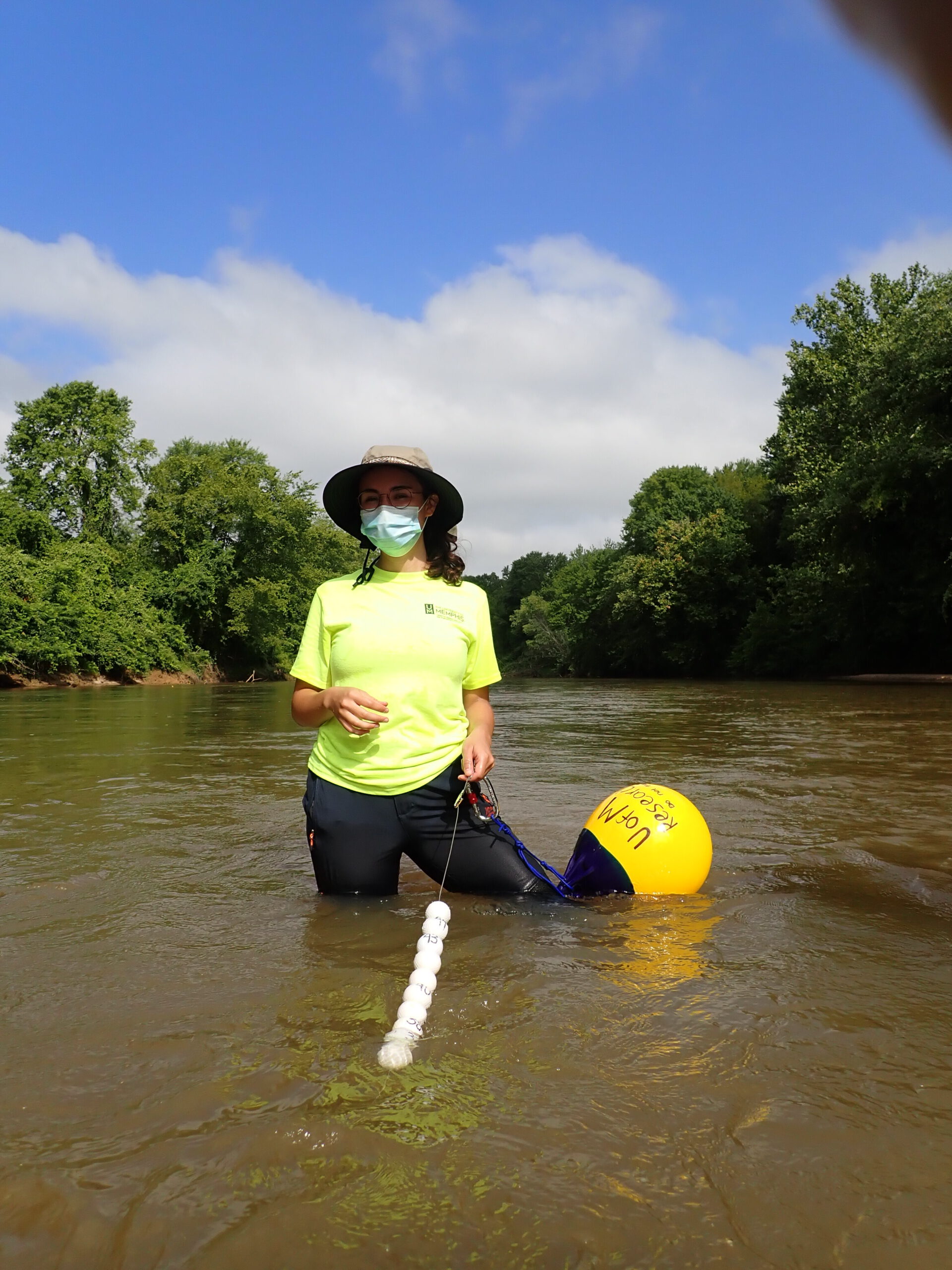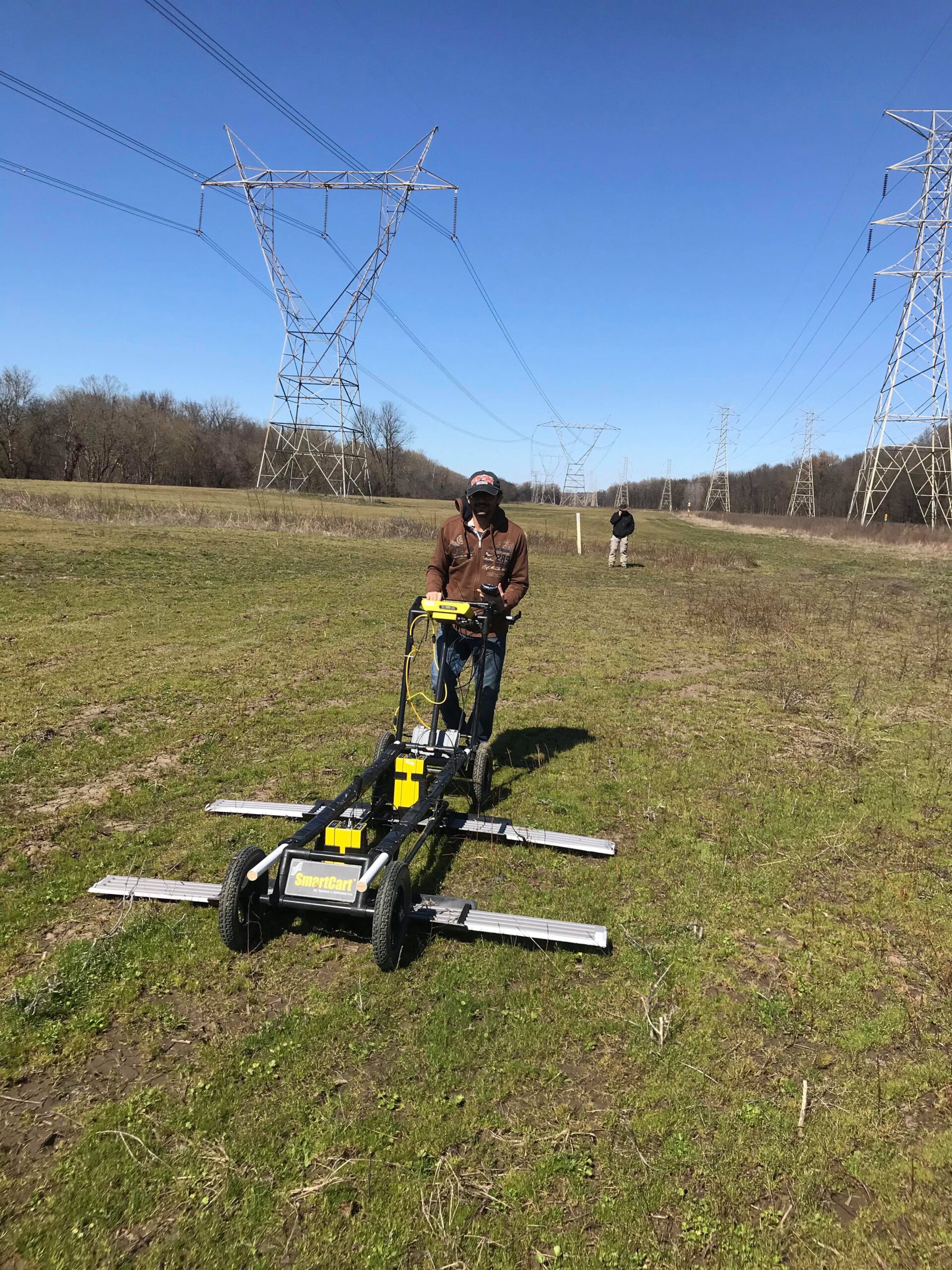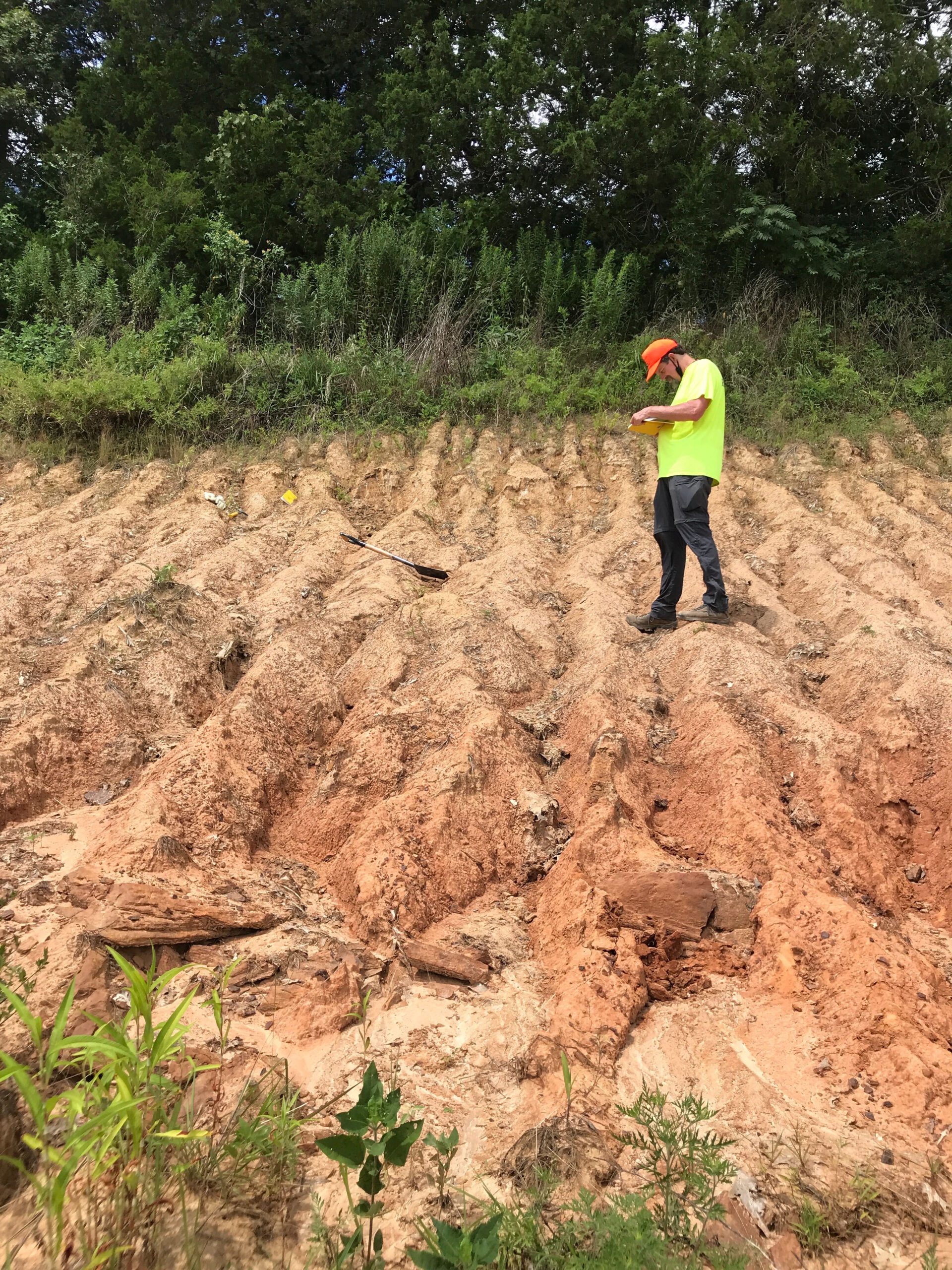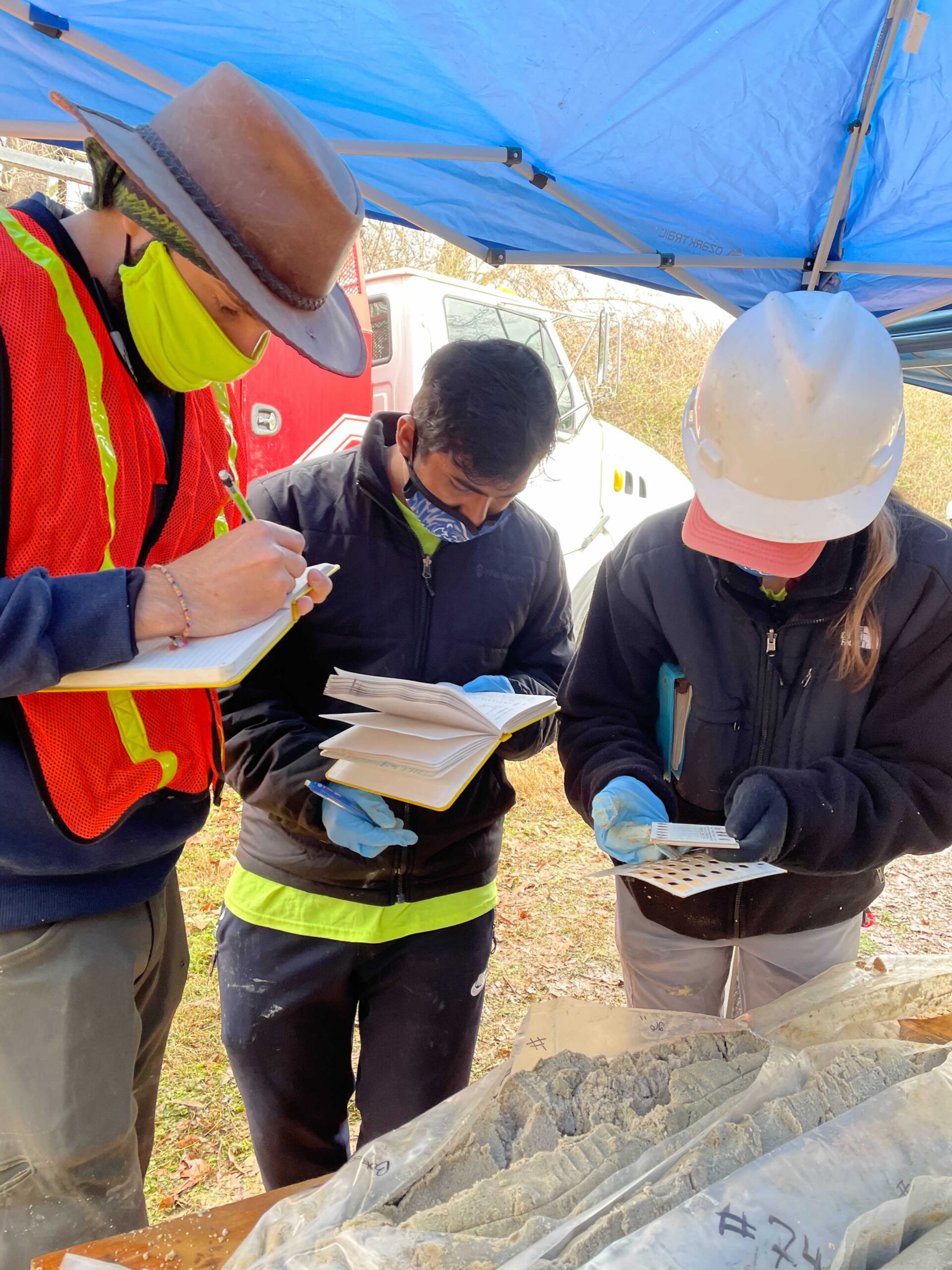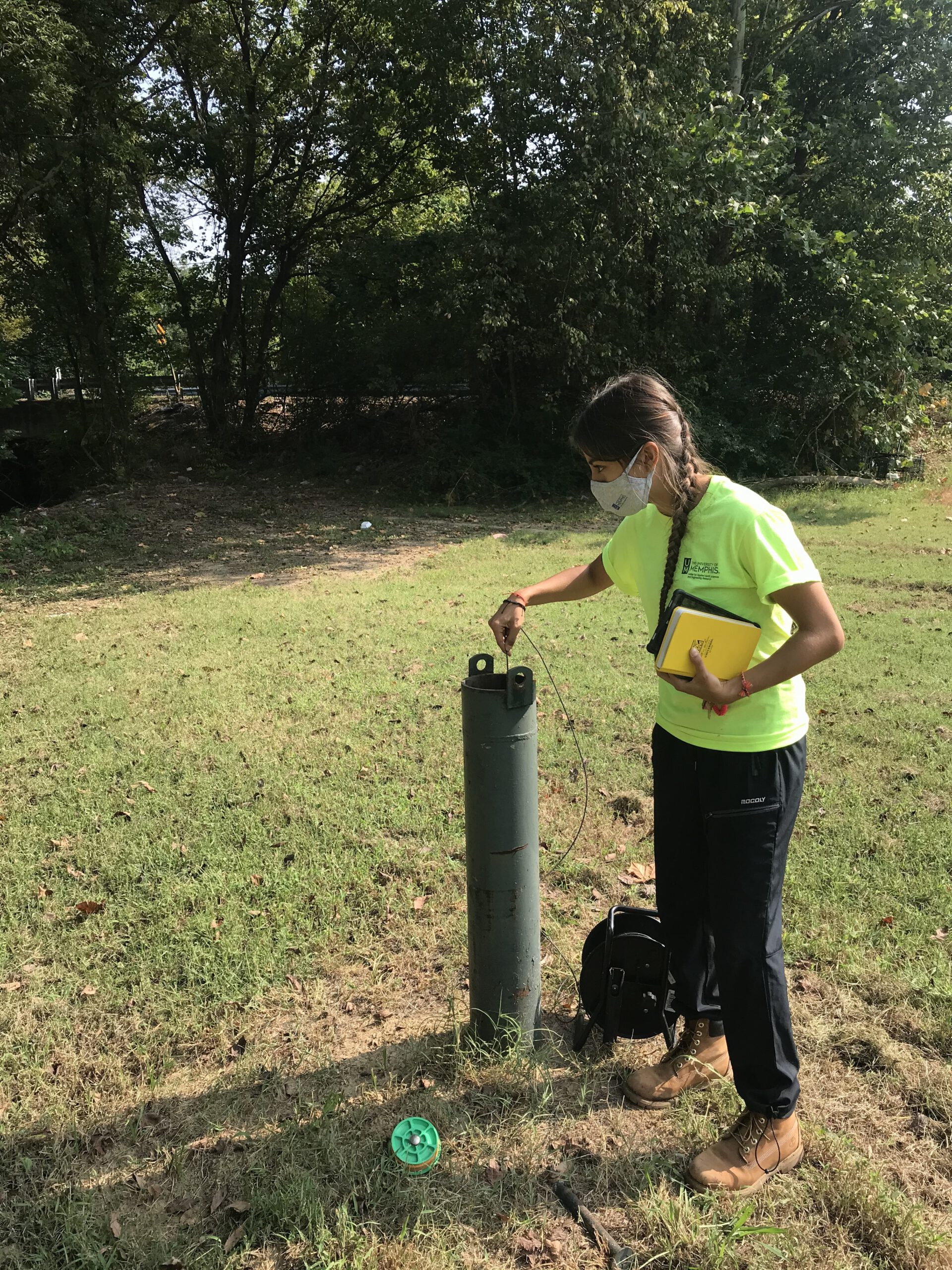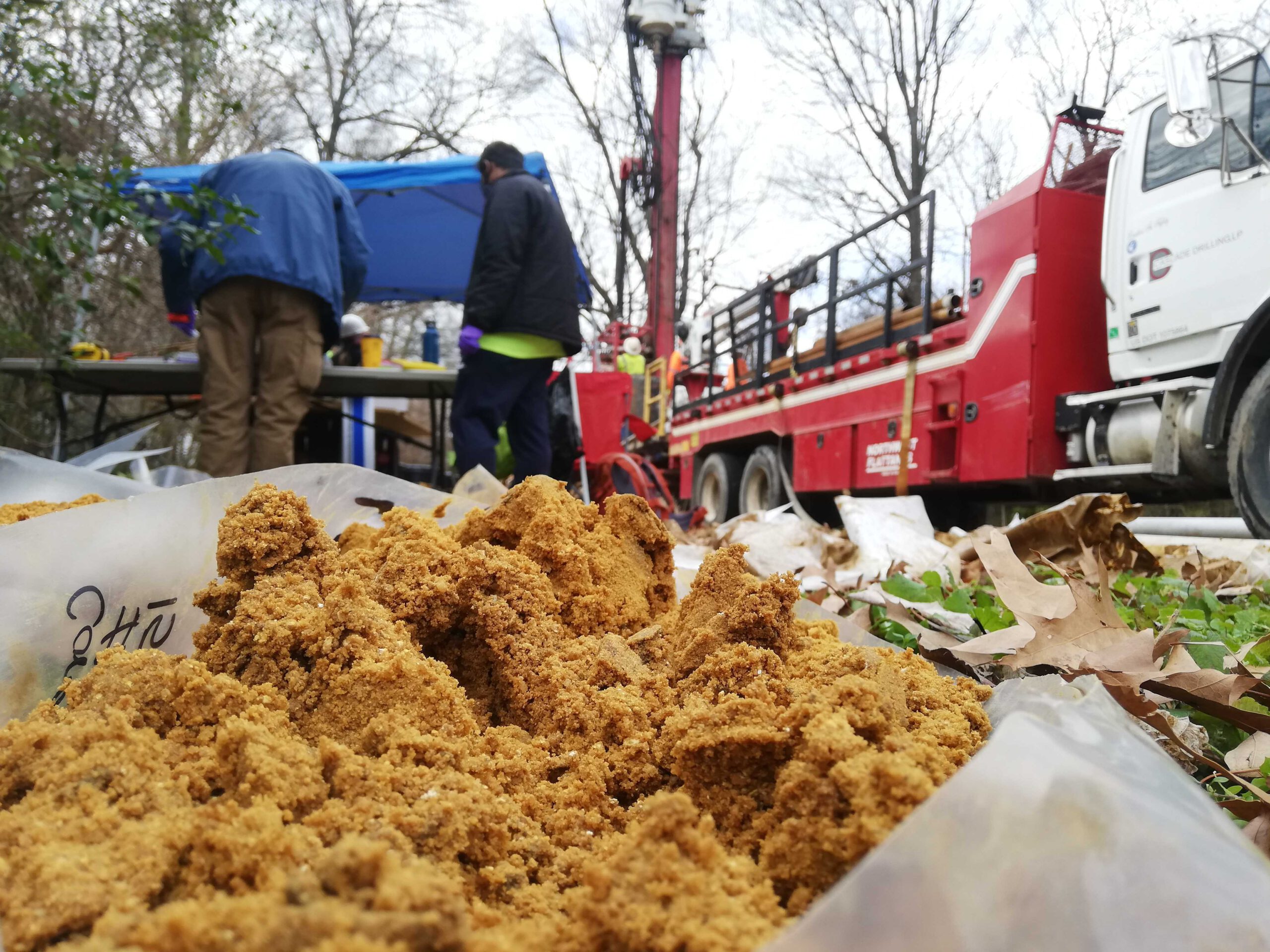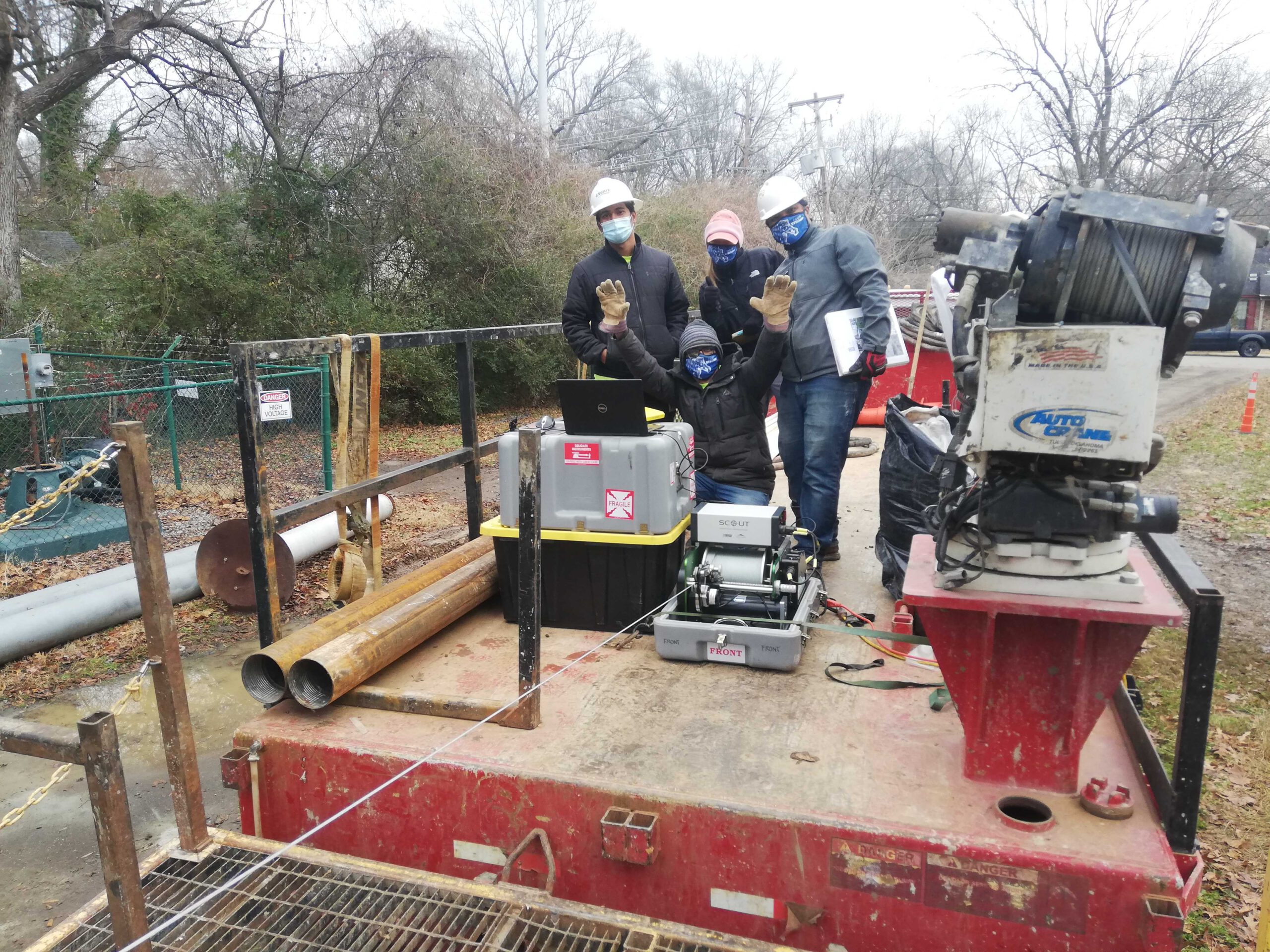Finding Breaches in the Confining Unit Above the Memphis Aquifer
Memphians are proud of their water, as it is known to be the best in the nation. Pure, fresh, crystal clear – these are words often used to describe our water. As wonderful and plentiful as our water is, Memphians also realize that it is a vulnerable resource and its protection is of critical importance.
Beneath Memphis, the groundwater that serves as our primary source of drinking water is around 2,000-3,000 years old. However, research by CAESER and other groups has identified avenues by which younger, contaminated water could enter this precious underground water supply. These avenues of contamination are naturally occurring breaches in the protective clay layer overlying the Memphis aquifer, where the clay is very thin or absent.
In the spring of 2018, Memphians rallied support to initiate a study into these breaches and the potential for contamination of the Memphis aquifer. An increase of approximately $0.18/month on each customer’s water bill would establish an annual pool of $1M for researching the breaches. CAESER would perform this research, drawing on years of expertise on our groundwater.
September 2023
After five years of study, CAESER released the executive summary of this project.
Key Takeaways From Study:
- 5-Year MLGW Aquitard Study focused on the presence of breaches in the protective clay layer above the Memphis Aquifer. 22 research projects were done to identify the location and determined the impact of breaches within the study area.
- Prior to this study, there were six suspected breaches (not drilled), and one known breach (drilled). Now, we have identified 35 suspected breaches and known six breaches.
- Modern water (less than 65 years old) was detected in the Memphis aquifer water pumped from the Davis, McCord, Shaw, and Sheahan wellfields.
Additionally, previous studies also indicated modern water in Allen and Lichterman wellfields. No modern water was found in the Mallory wellfield.
- Updated groundwater flow model (CAESER-II) includes data from field and lab tests that improve matching of past groundwater levels and make future predictions more accurate.
- Groundwater flow models ran hundreds of thousands of scenarios to define the best groundwater production procedures that reduced the threat of modern water in the Memphis aquifer at certain MLGW wellfields.
MLGW_Executive_Summary
